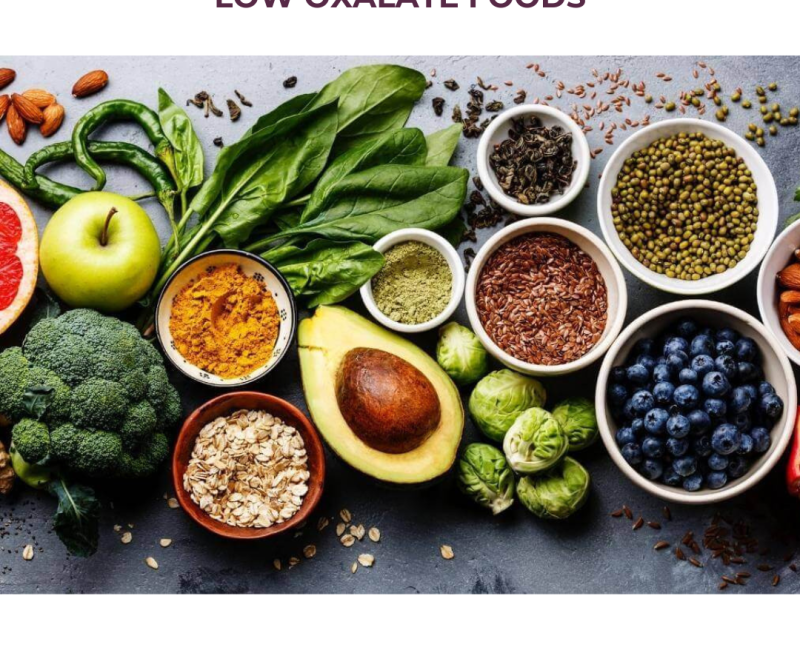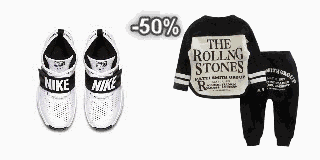-
Fil d’actualités
- EXPLORER
-
Blogs
Kidney Stones Calcium Oxalate: Causes, Prevention & Treatment

Kidney stones calcium oxalate are the most common type of kidney stones, accounting for roughly 70-80% of all cases. These hard, pebble-like crystals form when calcium combines with oxalate in the urine, leading to painful blockages and discomfort. Understanding why they form, how to prevent them, and what treatments are available can help you take control of your urinary health.
If you’ve ever experienced the intense pain of a kidney stone, you’re not alone. Millions of people suffer from this condition each year, and calcium oxalate stones are by far the most prevalent. Fortunately, there are a variety of treatment options and lifestyle changes that can reduce your risk and help manage symptoms.
What Are Calcium Oxalate Kidney Stones?
Calcium oxalate kidney stones form when there is too much calcium and oxalate in your urine and not enough liquid to dilute them. Oxalate is a natural substance found in many foods, especially plant-based ones. When oxalate levels are high and hydration is low, it binds with calcium and forms crystals that grow into stones.
These stones can vary in size, from a grain of sand to larger, more obstructive shapes that cause excruciating pain as they pass through the urinary tract. Though small stones can sometimes pass on their own, larger ones may require medical intervention.
Symptoms of Calcium Oxalate Kidney Stones
The symptoms of kidney stones calcium oxalate often appear suddenly and can be severe. Common signs include:
- Sharp pain in the back, side, or lower abdomen
- Blood in urine
- Nausea or vomiting
- Frequent or painful urination
- Cloudy or foul-smelling urine
- Fever and chills if infection is present
If you experience these symptoms, it's crucial to seek medical attention. Early detection makes treatment easier and reduces the risk of complications.
Why Do Calcium Oxalate Stones Form?
Several factors contribute to the formation of calcium oxalate kidney stones, including:
- Dehydration: Not drinking enough water leads to concentrated urine, increasing the chance of stone formation.
- Diet: High oxalate foods like spinach, beets, and nuts, combined with high calcium levels, can contribute to stone development.
- Genetics: A family history of kidney stones increases your risk.
- Medical Conditions: Digestive diseases, such as Crohn’s or inflammatory bowel disease, can increase oxalate absorption.
- Medications and Supplements: Excessive intake of vitamin D, calcium supplements, or certain diuretics can raise calcium levels in the urine.
Understanding these risk factors can help you make more informed decisions about your lifestyle and diet.
Diagnosis and Testing
If your doctor suspects kidney stones, they may recommend several diagnostic tools:
- Urinalysis: Checks for high mineral levels, blood, or infection.
- Imaging Tests: CT scans or ultrasounds help locate the stone and assess its size.
- Stone Analysis: If a stone passes, it may be tested to identify its type—critical for choosing the right treatment and prevention strategies.
Proper diagnosis is essential for targeting the correct treatment approach, especially when managing kidney stones calcium oxalate.
Treatment Options for Calcium Oxalate Stones
Thankfully, there are multiple treatment strategies available for calcium oxalate kidney stones. The treatment chosen depends on the size and location of the stone, as well as the severity of symptoms.
1. Hydration and Pain Management
For small stones, increased fluid intake (at least 2–3 liters a day) can help flush the stone naturally. Over-the-counter pain relievers like ibuprofen or acetaminophen are commonly used to manage discomfort during this process.
2. Medications
Certain medications can help prevent stone formation or make it easier for the stone to pass:
- Thiazide diuretics reduce calcium in the urine.
- Potassium citrate increases urine citrate levels, which helps prevent stone formation.
- Allopurinol may be prescribed if uric acid levels are high alongside calcium oxalate stones.
3. Medical Procedures
If the stone is too large to pass naturally or causes persistent pain or infection, surgical methods may be necessary:
- Extracorporeal Shock Wave Lithotripsy (ESWL): Uses sound waves to break the stone into smaller pieces.
- Ureteroscopy: A thin scope is inserted into the urethra to remove or break the stone.
- Percutaneous Nephrolithotomy: A minimally invasive surgery used for very large stones.
To explore more about these options, visit KidneyCop's page on calcium oxalate stones treatment.
Prevention Tips for Calcium Oxalate Stones
Preventing kidney stones calcium oxalate involves making sustainable changes to your daily habits. Here are proven strategies:
1. Drink More Fluids
Staying well-hydrated is the most effective way to dilute your urine and prevent crystal formation. Aim for 8–10 glasses of water daily, and more if you're physically active or live in a hot climate.
2. Limit Oxalate-Rich Foods
While you don’t need to avoid oxalates completely, reducing intake can help. Common high-oxalate foods include:
- Spinach
- Rhubarb
- Beets
- Nuts
- Chocolate
Pairing these foods with calcium-rich foods during meals may help bind oxalates in the gut rather than the kidneys.
3. Increase Dietary Calcium
Ironically, eating too little calcium can increase oxalate absorption. Choose dietary sources like dairy, leafy greens (low in oxalate), and fortified products over supplements.
4. Reduce Sodium and Animal Protein
A high-sodium diet increases calcium excretion in the urine. Reducing processed and salty foods can make a big difference. Similarly, too much animal protein can increase the risk of stone formation.
5. Use Supplements and Natural Products Wisely
Natural formulations like KidneyCop® offer a unique blend of ingredients that may help reduce calcium oxalate crystal formation. These include:
- Plant-based compounds
- Anti-crystallization agents
- Herbal extracts known to support kidney function
Visit the KidneyCop official site for more information on natural treatment options that complement medical care.
Living with Calcium Oxalate Kidney Stones
Managing kidney stones calcium oxalate is a lifelong journey for many individuals, especially those genetically predisposed. The good news is that lifestyle changes, hydration, and proactive medical care can greatly reduce the frequency and severity of episodes.
Keep in mind:
- Monitor your urine regularly, especially if you've had stones before.
- Work closely with a urologist or nephrologist to monitor mineral levels.
- Stay educated about the role of diet and supplements in stone prevention.
Final Thoughts
Dealing with kidney stones calcium oxalate can be painful and frustrating, but it’s far from hopeless. With the right combination of hydration, diet, medications, and natural supplements like KidneyCop®, you can minimize your risk and manage existing stones more effectively.
Understanding your options empowers you to take charge of your kidney health. Explore more in-depth information and treatment strategies at KidneyCop's dedicated calcium oxalate page.





